Donated Treasures at Mathaf: Arab Museum of Modern Art
Mathaf’s collection is enriched by donations that showcase the vibrancy of modern and contemporary Arab art, reflecting diverse voices and creative legacies across the region.
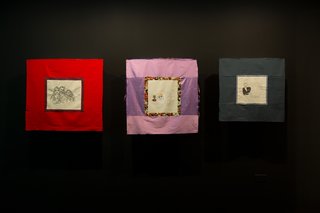
Mounira Al Solh, As If I don’t Fit there, video, 2006, 12:00 min. QM.2019.0662
As If I Don't Fit is a video installation by Mounira Al Solh, created in 2006. Al Solh is a Lebanese-Dutch artist whose work is multidisciplinary and often explores themes related to immigration, feminism and identity.
This installation follows four fictional artists who decide to stop being artists and feel no regret about it. This is typical of her video work, where she takes a fictional rather than documentary approach.
On screen, printed text appears beside the artists, explaining why they quit and their new jobs. Further video documents artistic works. These characters share the immigrant mindset, and by chance, most of them present videos that look like previously existing artwork.
Slowly, the viewer sees that Mounira Al Solh takes the role of these invented artists. She explores the state of change to reflect on artistic issues. This helps her tackle the question of constant doubt that confronts her as an artist.
The result, however, though based on (self) criticism, is not necessarily negative or implosive, and this contradiction is another central aspect of the work. Al-Solh explores similar themes in her textile work, where the artist reflects on individual and collective struggles.
In 2007, As If I Don’t Fit There was part of the Forward exhibition at the first Lebanese Pavilion at the Venice Biennale. The Van Abbe Museum in Eindhoven included it in their exhibition Becoming Dutch before being displayed in the permanent collection display at Mathaf from November 2022 – January 2025.
Five Children Playing Football by Dia Al-Azzawi

Dia Al-Azzawi, Five Children Playing Football, 2015-2016, ink on paper stretched on canvas, QM.2017.1115
Dia al-Azzawi created Five Children Playing Football (2015-2016) as a powerful response to the suffering of children in Gaza. It was exhibited ‘Dia Azzawi: A Retrospective, from 1963 until tomorrow’, held simultaneously at Mathaf: Arab Museum of Modern Art and Riwaq (October 2016 – April 2017).
Al-Azzawi is a socially and politically engaged artist who explores themes of the human condition, as well as regional politics and history, which recur in his work. In the piece, Azzawi turns a simple scene of childhood play into a bold statement on war, loss, and injustice. The painting shows five abstract figures in motion on the left side. On the right, three sharp shapes—like rifles with bayonets point toward them. The laced military boots suggest a threat of violence.
Al-Azzawi uses dark colours and abstract shapes to show solidarity with the Palestinian people. The palette and atmosphere of the piece bring the dread of conflict to the fore. The painting invites viewers to look beyond the game and consider the deeper struggles faced by those living in conflict zones, especially the youngest and most vulnerable.
Double Magic Square by Mehdi Moutashar
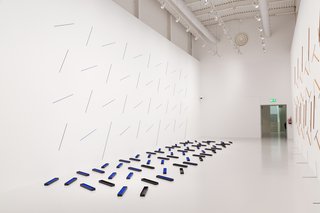
Mehdi Moutashar, Double Magic Square, 2023, mixed media installation, variable dimensions. QM.2024.5265
Mehdi Moutashar's Double Magic Square (2023) appeared in the Mehdi Moutashar: Introspection as Resistance exhibition held at Mathaf: Arab Museum of Modern Art (October 2023 – February 2024). The exhibition highlighted Moutashar's connection to the region's artistic traditions and his creative way of carrying them forward.
For over fifty years, he has explored geometric abstraction. His work shows a strong mathematical structure. It also reflects personal memories, shadows from palm trees, lines drawn in sand, and the decorations of mosques.
Moutashar draws inspiration from Arabic calligraphy and patterns. Yet his art avoids easy labels like Minimalism or Op Art. Instead, his work stands apart, offering a thoughtful blend of memory, culture, and geometry.
Féminité by Farid Belkahia
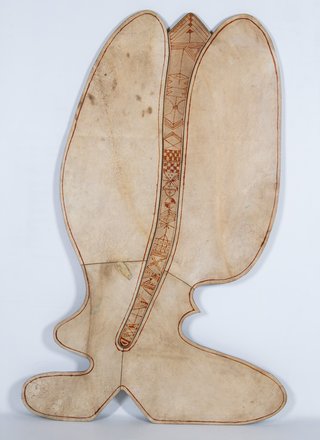
Farid Belkahia, Féminité, 1979, dyes on vellum mounted on wood panel, 177 x 114cm. MAT.2015.12.90
In Féminité (1979), Farid Belkahia uses natural dyes on vellum mounted on wood to explore themes of identity, memory, and tradition. A pioneering Moroccan modern artist, Belkahia uses organic local materials like copper, leather, and henna in his work.
In Féminité, the soft curves and earthy tones reflect on womanhood, heritage, and cultural continuity. Rather than mimic Western styles, he redefines modernism through local craft and spiritual symbolism.
Belkahia co-founded the Casablanca Group in the 1960s. As a member of the Casablanca Art School, Belkahia reused and adapted traditional Moroccan craftsmanship in his art. “Féminité” reflects that vision.
RAMADAN FEAST by VCUarts Qatar, Art Foundation.
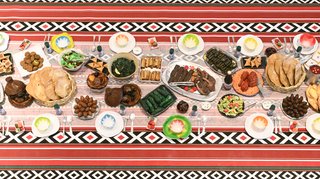
During Ramadan, Mathaf: Arab Museum of Modern Art hosts the installation RAMADAN FEAST by VCUarts Qatar, Art Foundation.
Ramadan Feast was an installation held during Ramadan at the Mathaf: Arab Museum of Modern Art in 2024.
40 first-year art and design students from VCUarts Qatar created it. Each student contributed one dish for an iftar entirely crafted from paper. Together they made a sumptuous feast.
The sculpture is the culmination of a class project in VCUart Qatar’s Surface and Space Research Studios in the Art Foundation. It is an exploration of material and highlights how a collection of individual creations can create a cohesive whole.
See More Donated Treasures
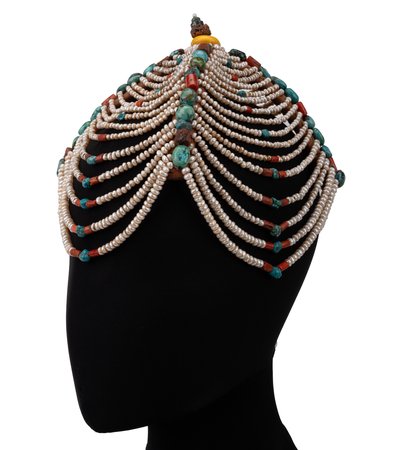
Donated Treasures at the National Collection of Qatar
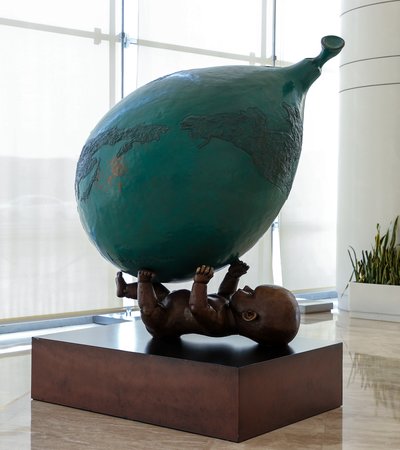
Donated Treasures at Public Art
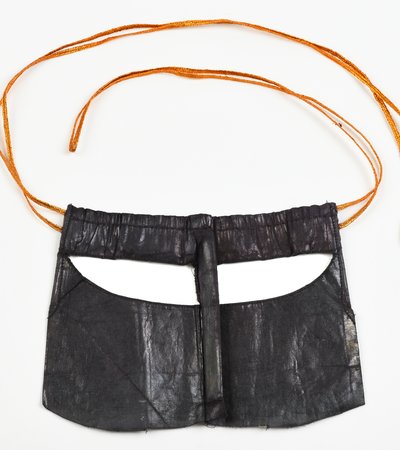
Donated Treasures at the National Museum of Qatar
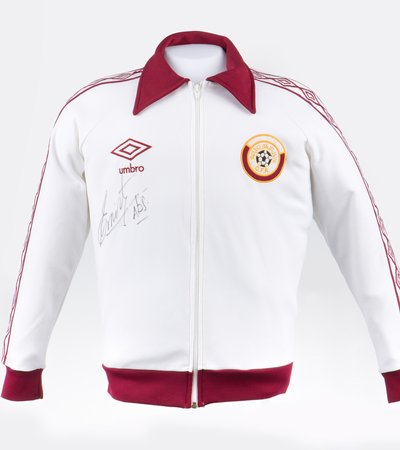
Donated Treasures at 3-2-1 Qatar Olympic and Sports Museum